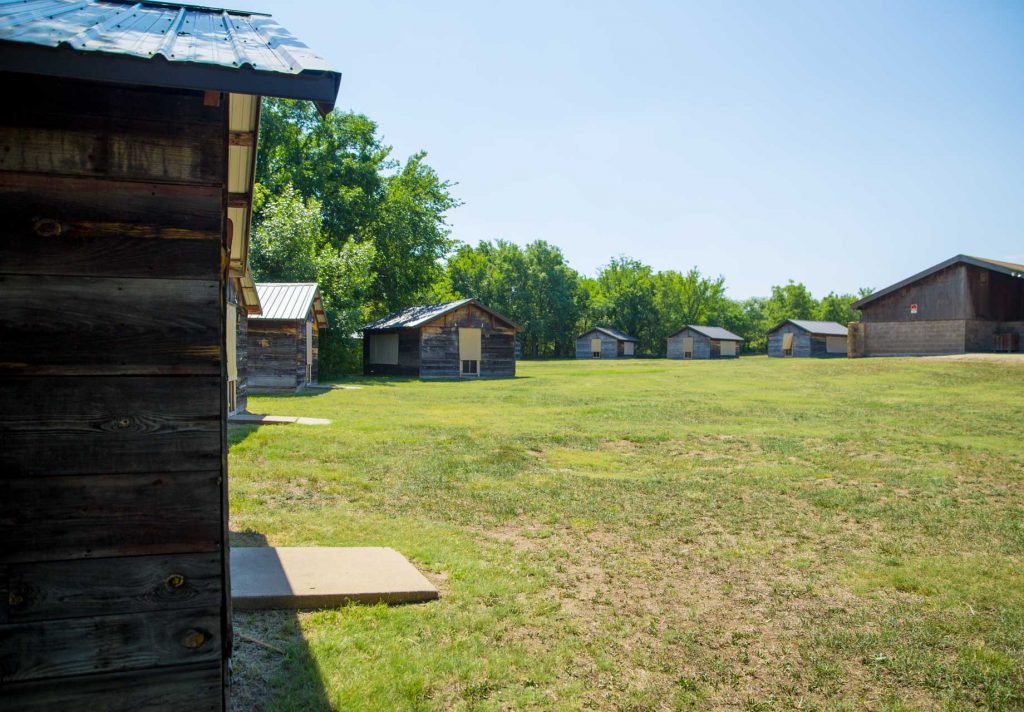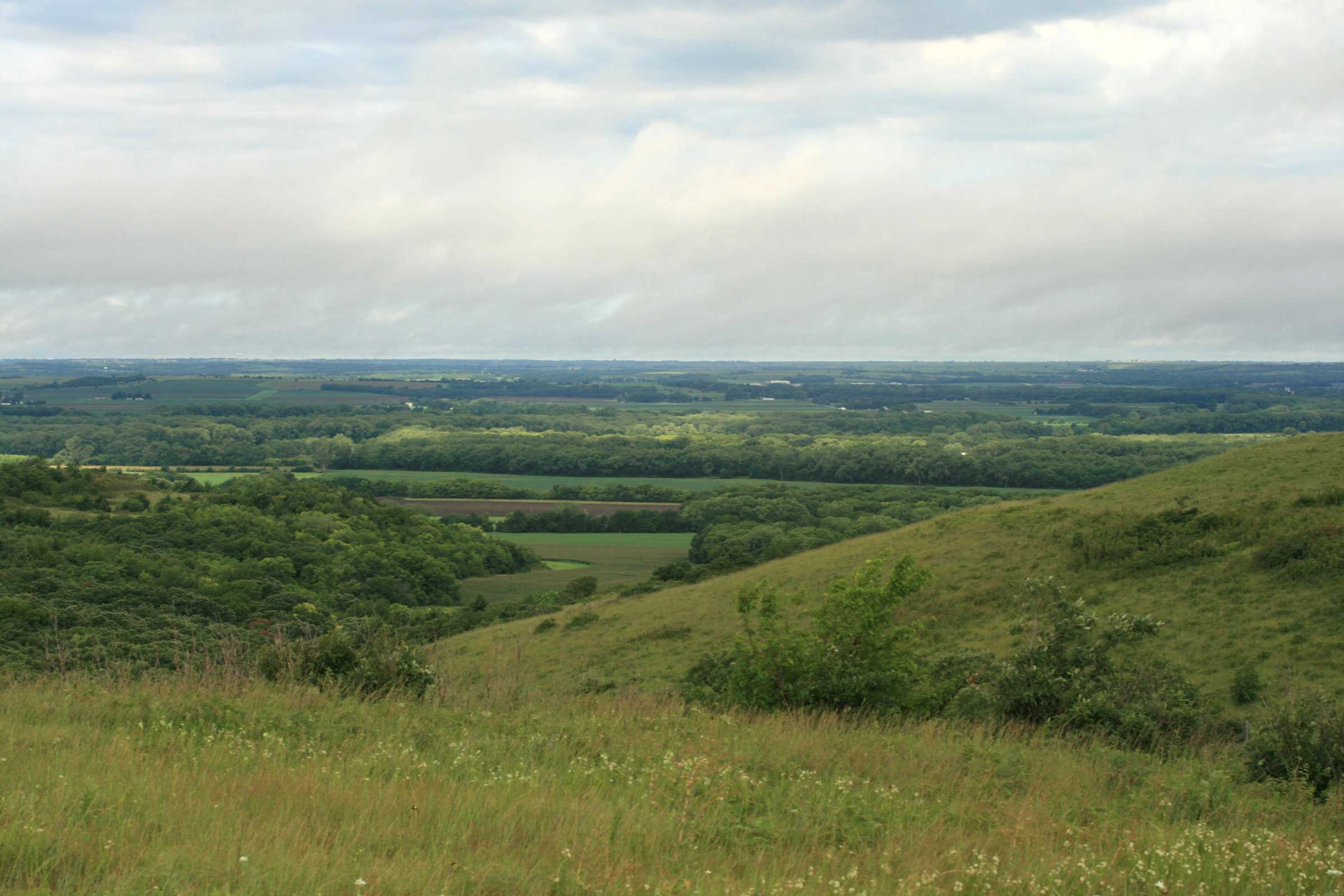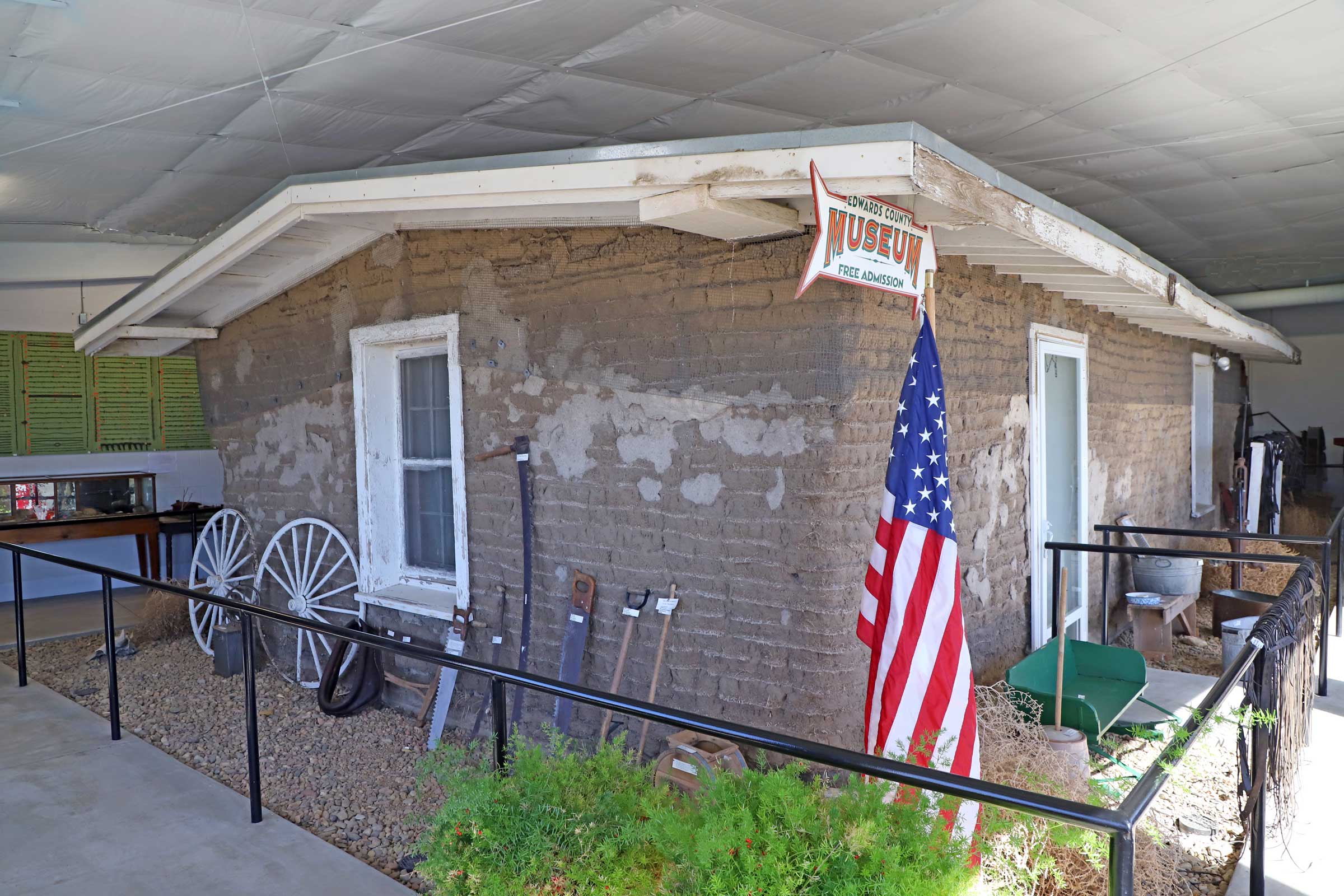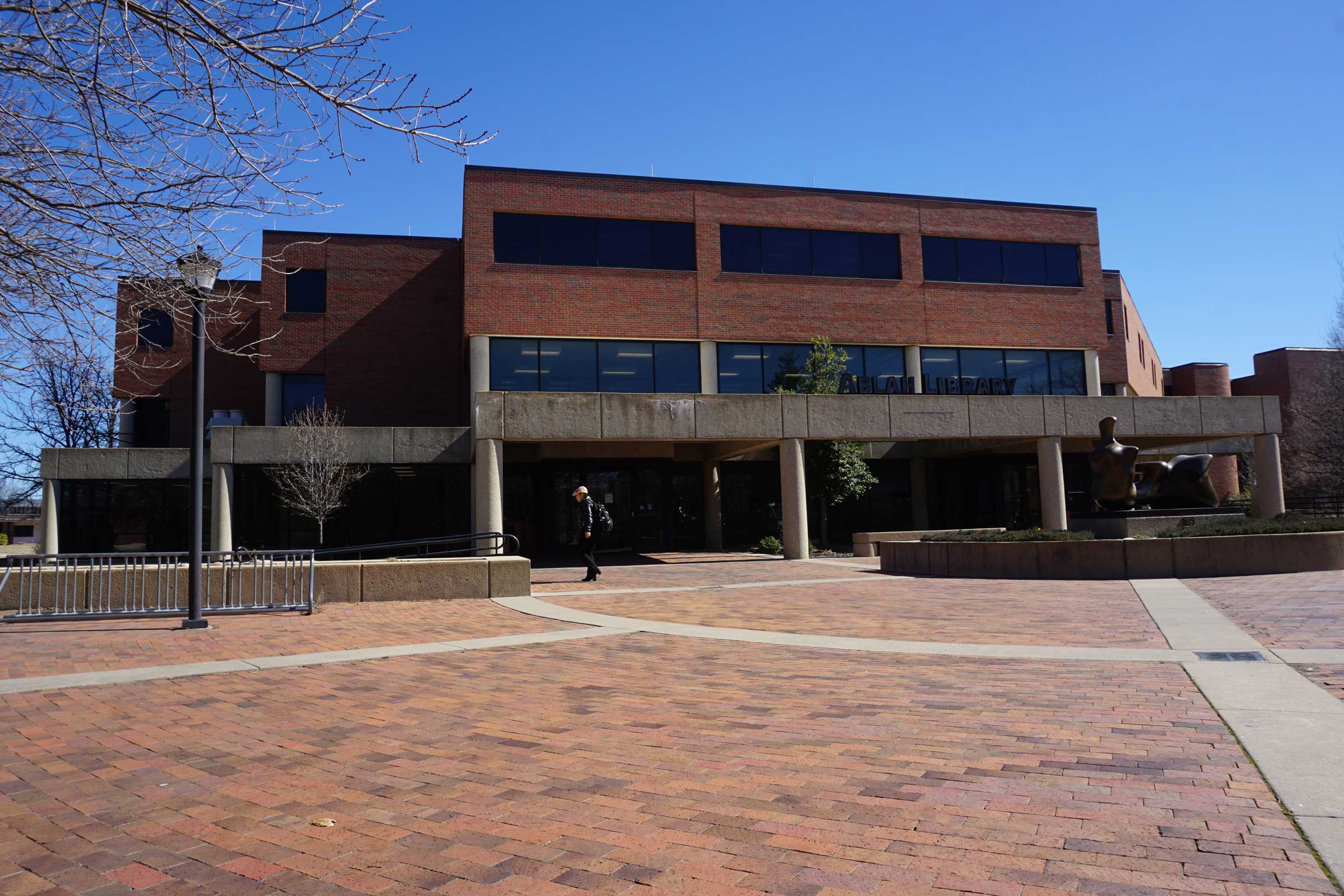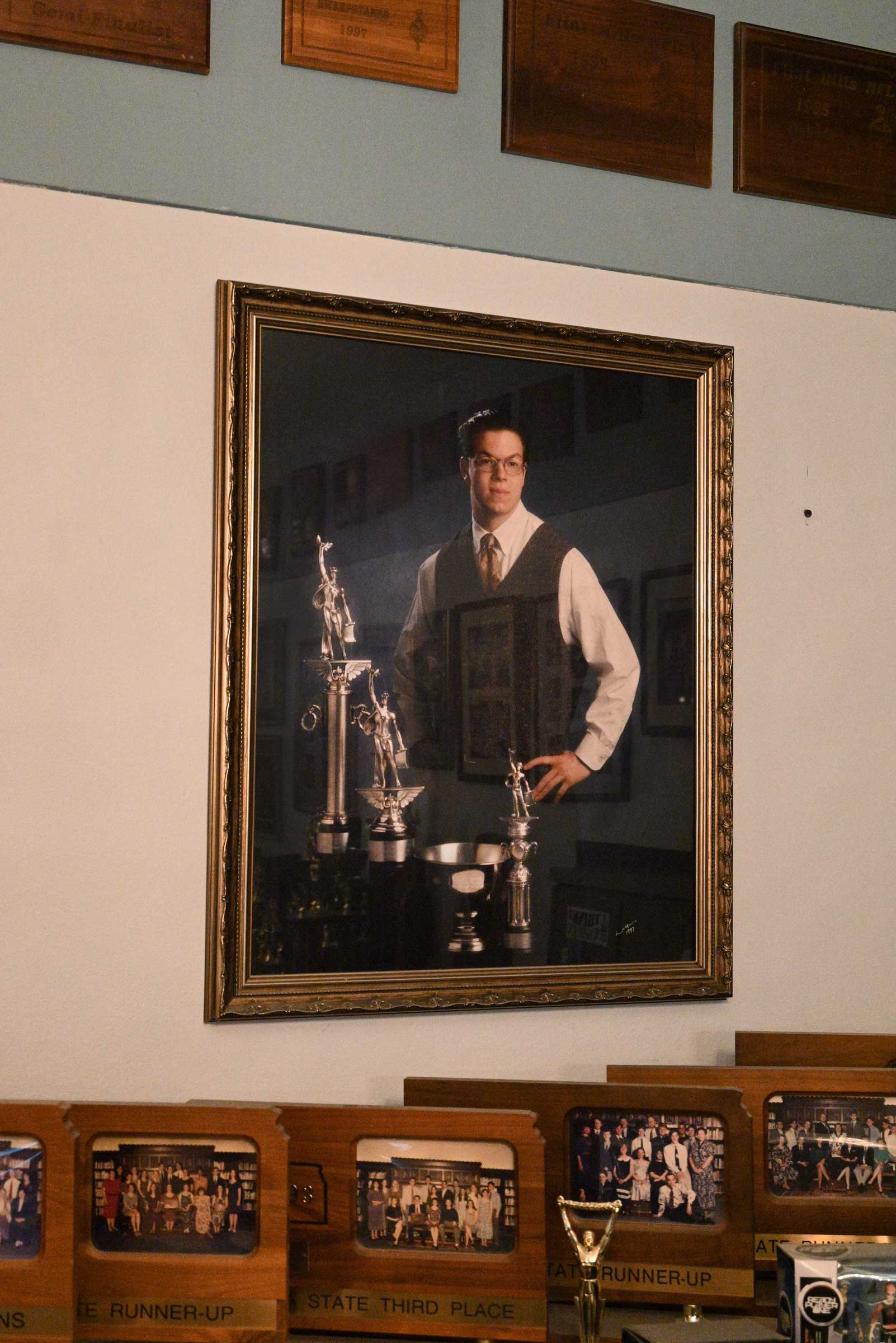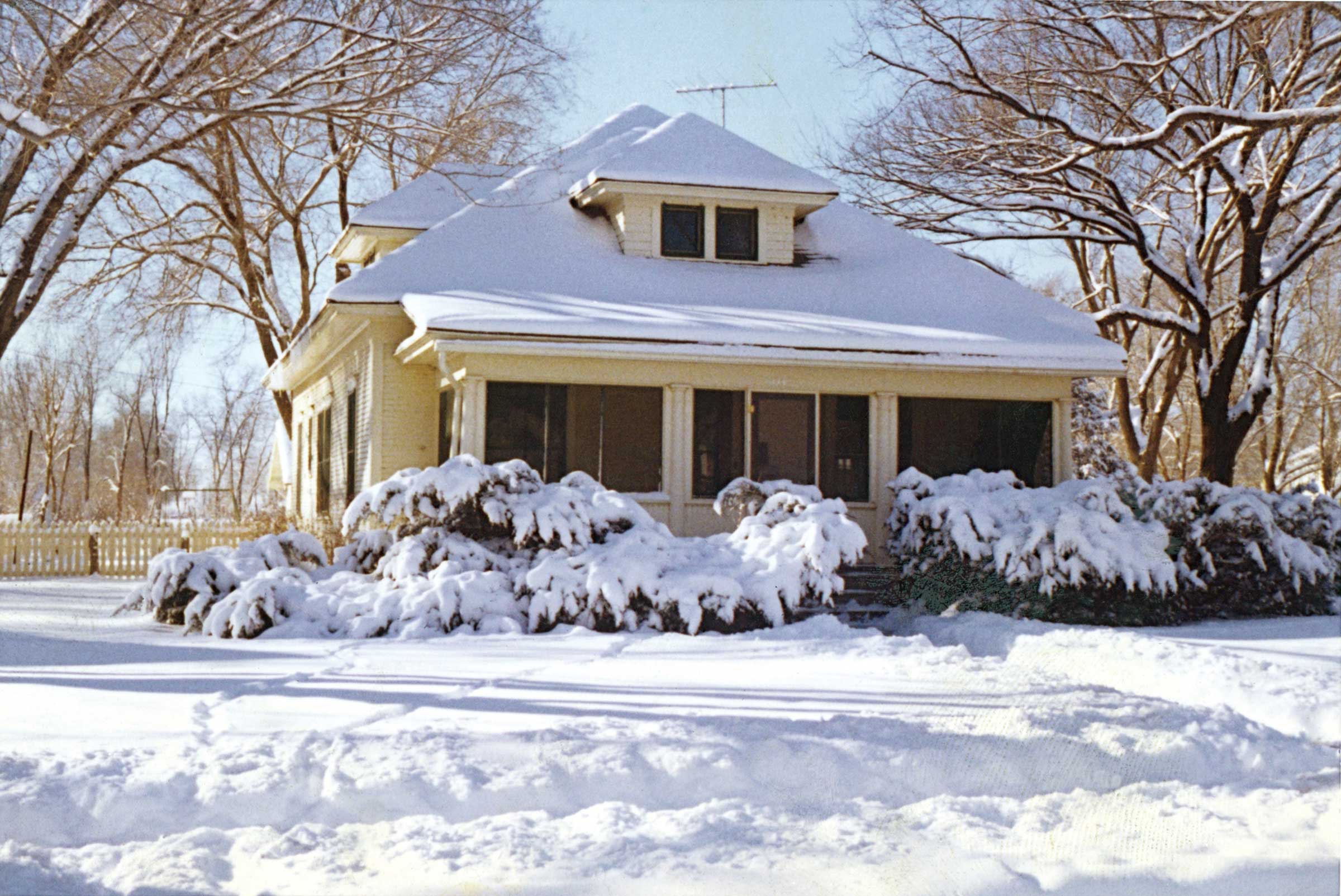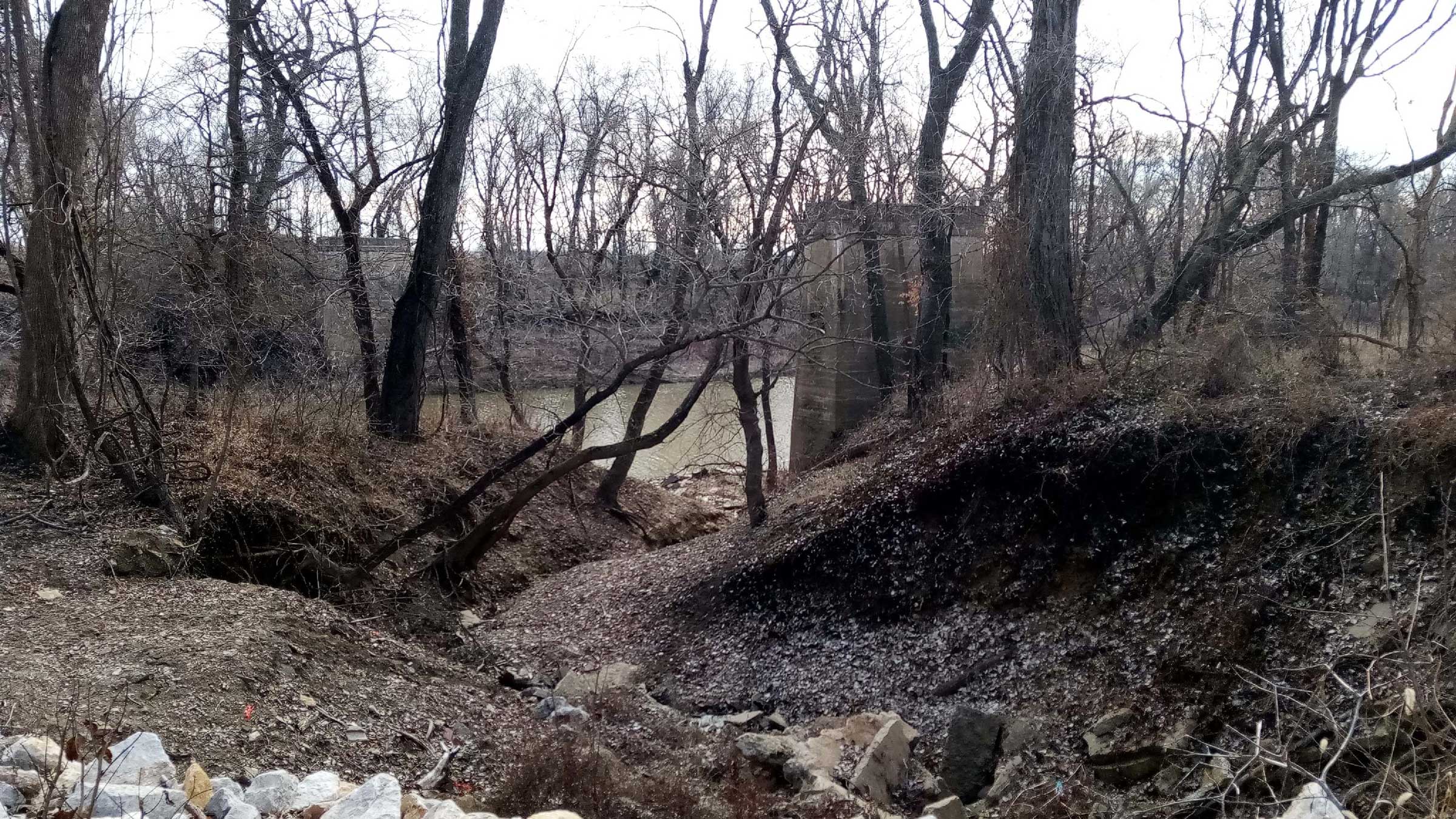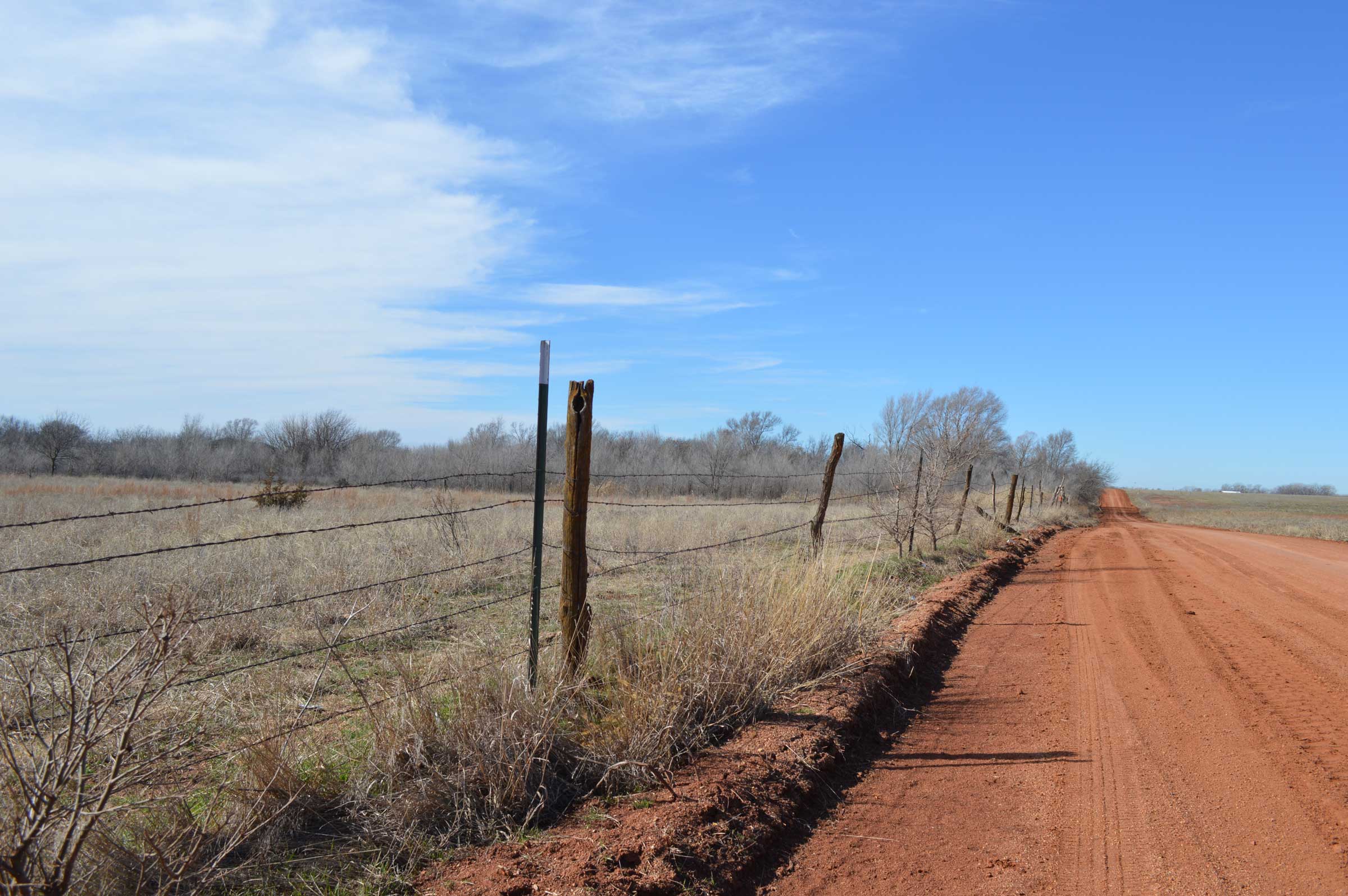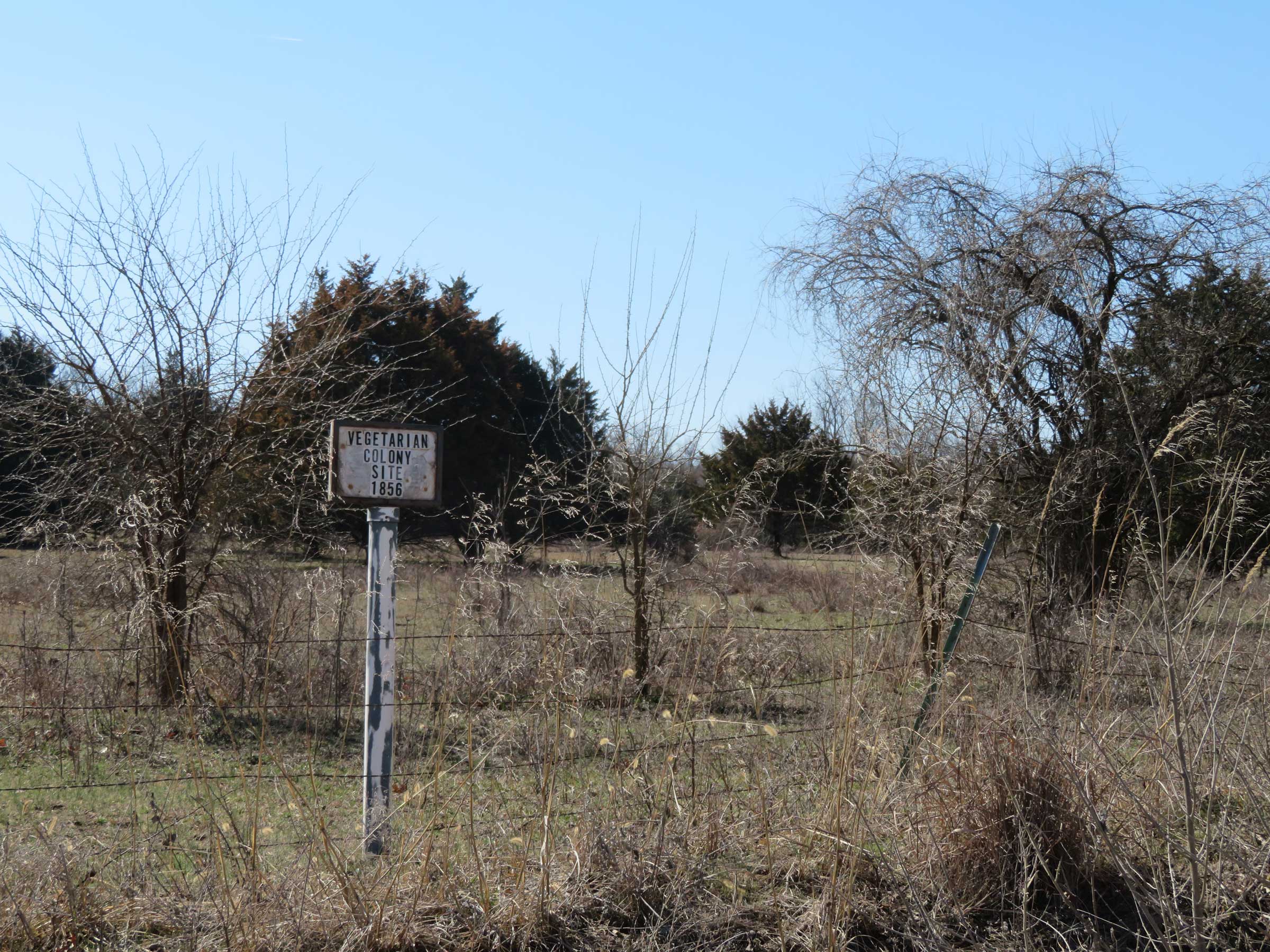Niki Smith
Rock Springs Ranch
Junction City, Kansas
By Macy Davis
Niki Smith never names Kansas in The Golden Hour. She doesn’t need to. Every page of the 2021 graphic novel shows Kansas. It starts with the cover, which looks through wheat in the foreground to kids on a hay bale, the county fair in the background, a golden sunset lighting the scene. A few pages into the book, a Kansas state highway sign brings the reader directly into northeast Kansas. Many chapters end with landscapes dotted with cattle. A girl from Eudora wins the bucket calf event at the county fair. The main character, Manuel Soto, even fills out a form which clearly names “Douglas County” at the top. But the linchpin in this Kansas story is when Manuel and his friends go to agriculture club camp at White Springs Ranch.
The real-life White Springs Ranch is called Rock Springs Ranch, and it’s the Kansas State 4-H Camp, owned and operated by the Kansas 4-H Foundation. As a 12-year Kansas 4-H member, that last 15 miles of the drive, after you turn south from Junction City, was always the most exciting for me. My county extension agents hauled vans full of kids across the state, and even with a stop in Junction City, we were ready to be out of the car for good as we drove that last stretch, leaving behind the relative flat-land of U.S. Highway 77 to dip down into the creek bottoms. This small change made Rock Springs feel just different enough that you could forget you weren’t that far from home. When I read The Golden Hour for the first time, I gasped when Manuel and his friends got off the bus at camp. Then I immediately recommended this book to many of my 4-H friends, because Smith’s White Springs Ranch is clearly Rock Springs. The name White Springs alone convinced me, but my favorite detail is the illustrations of the rings of cabins surrounding picnic tables and a bathhouse sheltered by trees. I felt like I should be unrolling my sleeping bag, tossing on a swimsuit, and getting ready to chow down on s’mores.
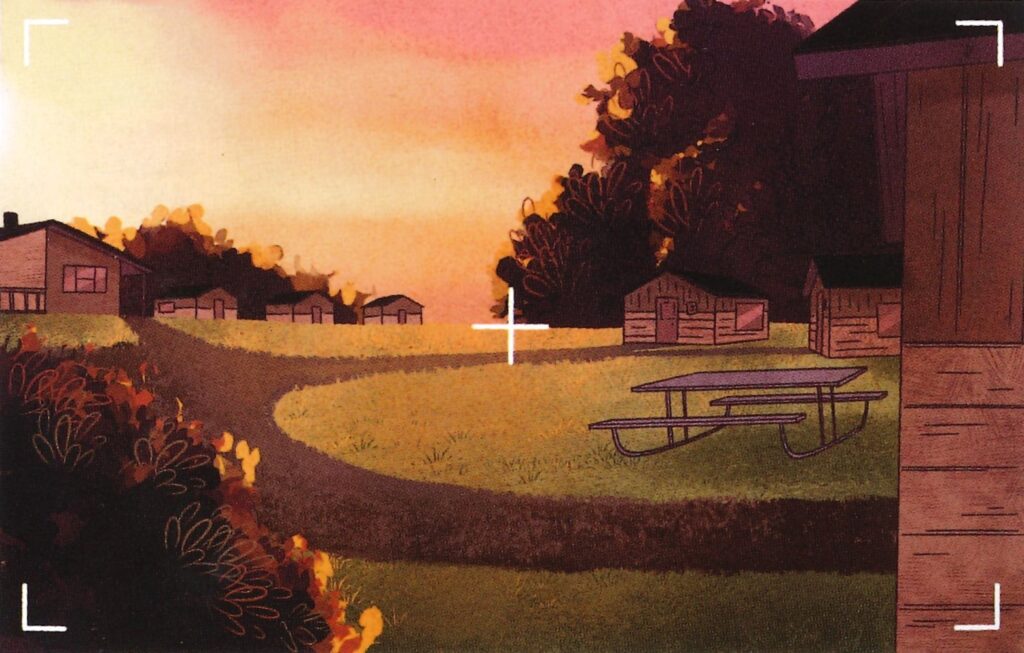
Manuel and his friends don’t spend long at White Springs, just a few pages really. Manuel ends up leaving camp early after the sounds of gunfire from the rifle range trigger his PTSD from witnessing a school shooting. Throughout the book, Manuel uses photography to ground himself in moments of anxiety. Often, he photographs the Kansas landscape, but the photos he captures of camp primarily focus on his friends and the fun they’re having.
The camp photos are on a two-page spread, highlighting the joy of the experience without a trace of the black and white shading or fractured yellow line work through which Smith indicates Manuel’s panic. For Manuel, camp represents freedom and friendship, which are both big steps after the trauma he experienced. To go away to camp for four days, Manuel worked with his therapist and his mom to determine he was ready. Even with its less-than-ideal ending, Smith captures just how meaningful a few days at 4-H camp can be.
Summer camp offers kids a space of freedom. It’s a place rife with new experiences and activities, and one full of new people who don’t know you. At camp, you can test boundaries and try out new elements of identity without the oversight of your family. That makes any camp special, but 4-H camps are unique, not least because their typically shorter sessions mean they serve far larger quantities of campers than the average overnight camp. It’s estimated that 1.5 million Kansans have camped at Rock Springs since the 1940s.
Graphic novels have a unique burden of proof in depictions of setting, particularly when representing real places, because they can show the whole picture, rather than just relying on the reader to supplement written descriptions with their own imagination or prior knowledge. It’s either right, or it misses the mark. Smith’s White Springs Ranch captures not just the look of Rock Springs but the feeling of being a camper there.
As a children’s librarian, I’m well aware of the underrepresentation of nuanced experiences of rural life in children’s literature. Urban and suburban kids are oversaturated with depictions of their lives, while rural kids may only see historical fiction or books that tell them the places they’re from are places to escape. I don’t feel like I ever saw Kansas or my lifestyle represented in contemporary fiction when I was a kid reading everything I could get my hands on. As much as I love historical fiction, it’s not the same.
The scholarship of children’s literature often relies on Dr. Rudine Sims Bishop’s argument that children should be able to find mirrors, windows, and sliding glass doors in literature. Bishop explains, “When children cannot find themselves reflected in the books they read, or when images they see are distorted, negative, or laughable, they learn a powerful lesson about how they are devalued in the society of which they are a part.” The growing rural-urban divide makes it essential that representation of rural areas be presented with depth and compassion. Smith’s graphic novel counteracts outdated, negative images and depicts rurality as it is.
My favorite Rock Springs memory is when one of my friends from a different county and I made up goofy choreography to the song “Pour Some Sugar on Me” at the Kansas Youth Leadership Forum when we were in high school — choreography we continued to utilize through college when we both ended up living in Alpha of Clovia 4-H Cooperative Leadership House at K-State. Manuel’s friendships and experiences in agriculture club remind me of my own experiences as a 4-H member embracing spontaneity and forming relationships that continued beyond the boundaries of Rock Springs.
Smith is a former 4-Her herself (even naming Manuel’s hometown after her 4-H club), and her use of Rock Springs as part of Manuel’s story offers rural youth positive representation that speaks to a specific experience while nonetheless representing a broad audience. After all, there are approximately 15,000 4-H members in Kansas. If this is a story that I, an adult almost 10 years removed from my 4-H experience, felt seen by, I can only imagine how young readers will feel. Even with the trauma Manuel experiences, he finds stability in the landscape, making The Golden Hour a love letter to a Kansas childhood.
Macy Davis is a proud Kansas 4-H alumna, Boston-based children’s librarian, and poet. She holds both a Masters in Library and Information Science and a Masters in Children’s Literature from Simmons University. Her work has been published in the I-70 Review and Wizards in Space. She spends her time reading, writing, planning storytime, and starting too many craft projects.
Photo courtesy of the Kansas 4-H Foundation.


